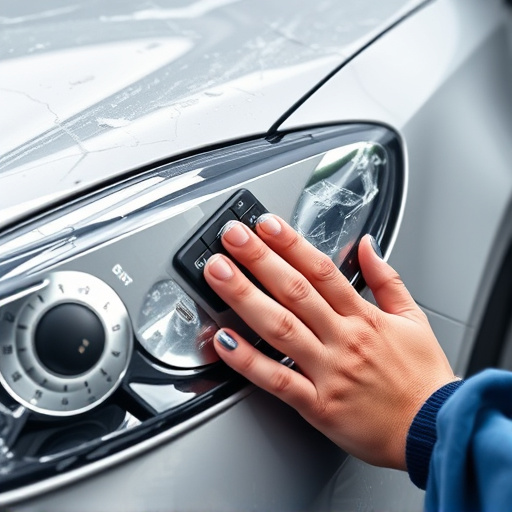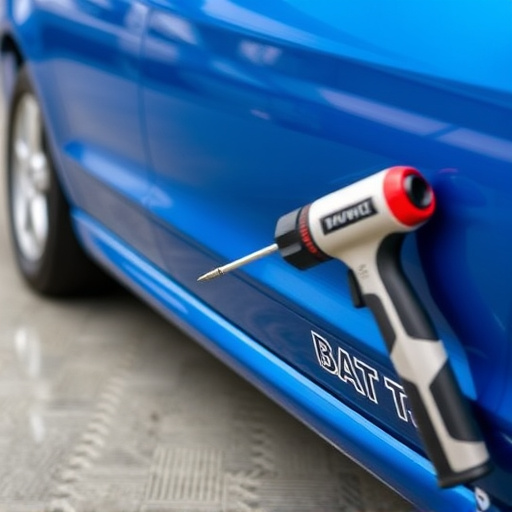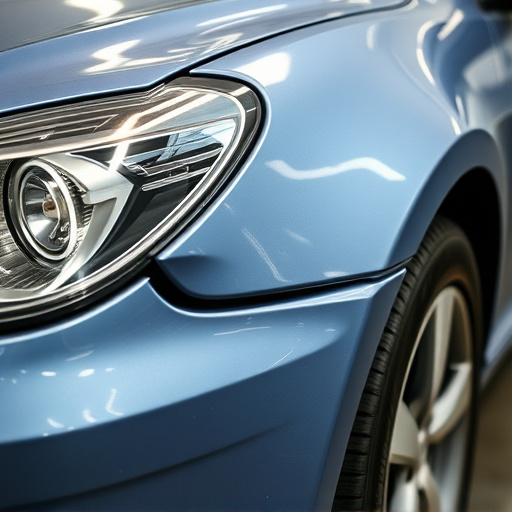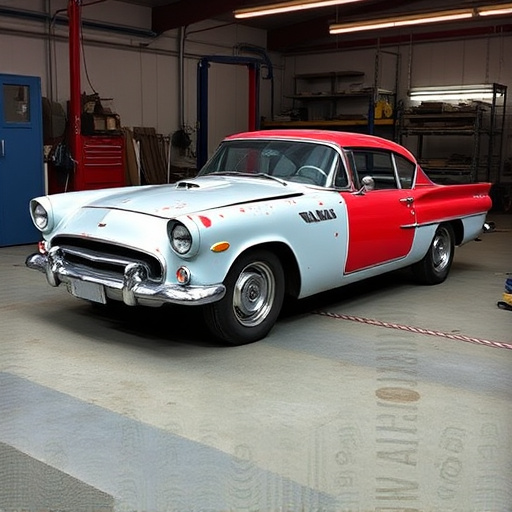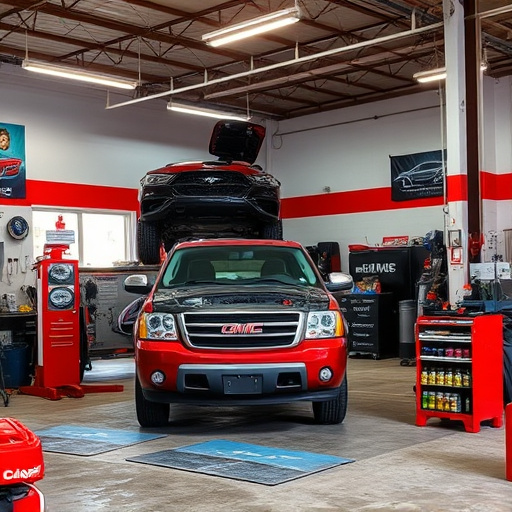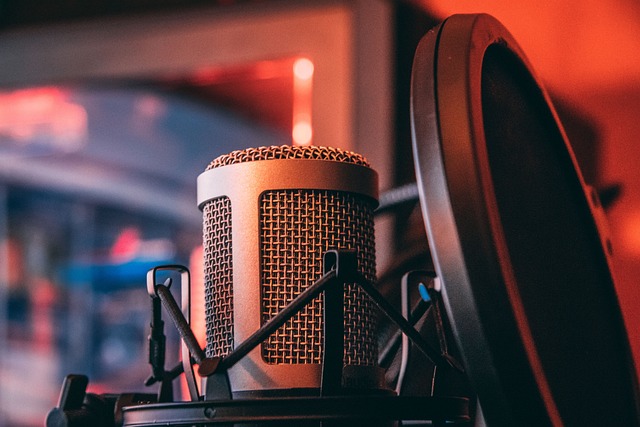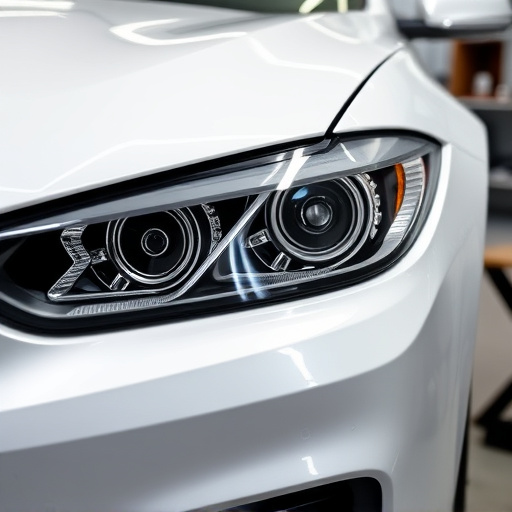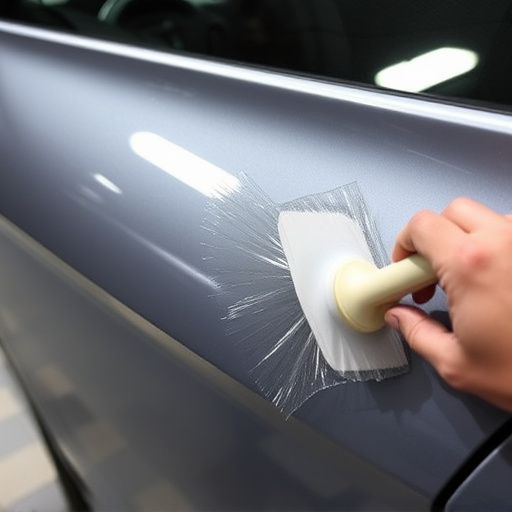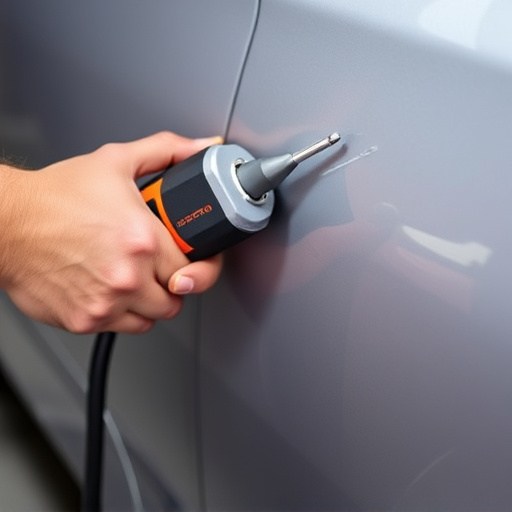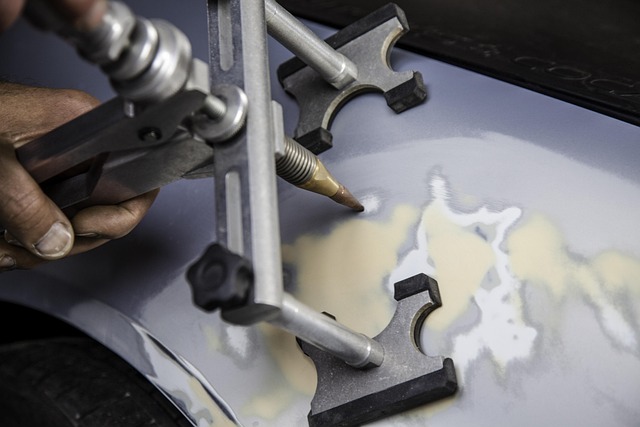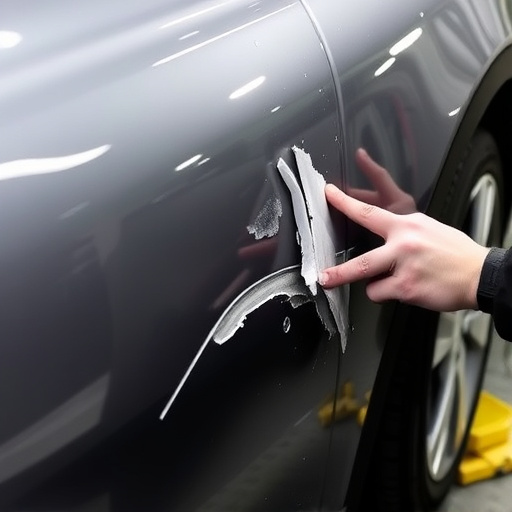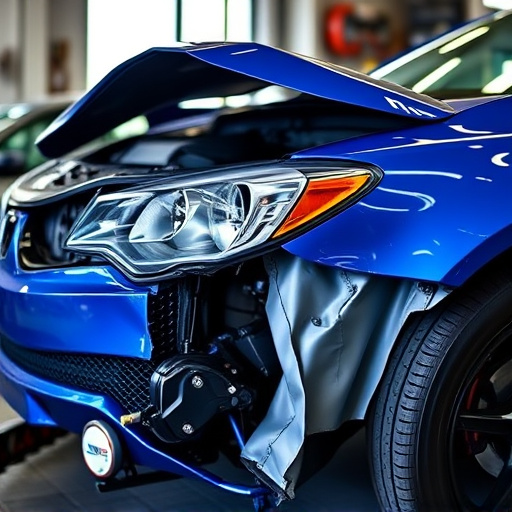Tesla paint thickness measurement is a critical step in auto repair, ensuring the longevity and aesthetic appeal of vehicle finishes. Using advanced techniques like electromagnetic induction (EMI), ultrasonic gauging, and X-ray fluorescence spectroscopy (XRF), body shops accurately gauge paint thickness, identifying imperfections that could compromise durability. This meticulous approach safeguards against chipping, peeling, and other issues, enhancing the car's visual appeal and boosting its resale value. Key in reputable auto repair services, these advanced methods mirror Tesla's cutting-edge design, preserving the renowned durable finishes of their vehicles.
Tesla paint thickness measurement is a critical aspect of ensuring your electric vehicle’s finish remains durable and attractive over time. This advanced technique goes beyond surface aesthetics, addressing structural integrity and corrosion protection. By understanding how Tesla measures and monitors paint thickness, owners can gain insights into the longevity of their vehicles’ finishes, enabling proactive care and enhancing overall ownership satisfaction.
- Understanding Tesla Paint Thickness Measurement: The Why and How
- Benefits of Precise Paint Thickness for Longevity and Aesthetics
- Techniques and Technologies Behind Accurate Tesla Paint Analysis
Understanding Tesla Paint Thickness Measurement: The Why and How

Tesla paint thickness measurement is a crucial process that ensures the longevity and durability of the vehicle’s finish. It involves evaluating the thickness of the paint layer on a car’s surface, which is essential for maintaining its aesthetic appeal and protective qualities over time. This methodic approach is especially pertinent in the automotive industry, where cars are exposed to various environmental conditions, from harsh weather to road debris, that can compromise the paint job.
By utilizing specialized equipment, an automotive body shop can accurately gauge the paint’s thickness, identifying any variations or imperfections. This process is vital not only for aesthetic purposes but also for structural integrity, especially in areas prone to dent repair. Understanding Tesla paint thickness measurement allows professionals in car body shops to make informed decisions, ensuring that every repair and restoration process aligns with the vehicle’s original specifications, ultimately enhancing its overall durability and resale value.
Benefits of Precise Paint Thickness for Longevity and Aesthetics
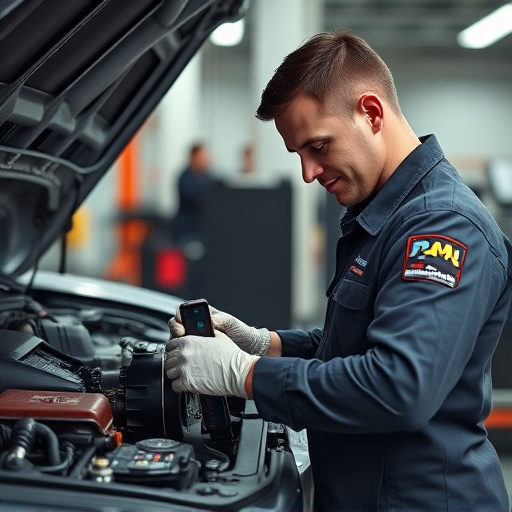
Precise Tesla paint thickness measurement is key to ensuring both longevity and aesthetics in vehicle repair services. By maintaining consistent paint depth, potential issues like thin spots or uneven application are identified early on, preventing them from compromising the car’s long-term finish durability. This meticulous approach is especially beneficial for auto bodywork, as it safeguards against chipping, peeling, and other forms of damage that can detract from the vehicle’s visual appeal.
Moreover, accurate paint thickness measurement contributes to the overall quality of collision repair services. It allows technicians to make informed decisions regarding touch-up and repainting processes, ensuring seamless integration with the existing finish. This attention to detail not only preserves the car’s original look but also increases its resale value, making it a crucial aspect for any reputable vehicle repair service provider.
Techniques and Technologies Behind Accurate Tesla Paint Analysis

The techniques and technologies employed for Tesla paint analysis are as advanced as the electric vehicles themselves. One of the primary methods used for Tesla paint thickness measurement is the electromagnetic induction (EMI) technique. This non-destructive testing method sends an alternating magnetic field through the vehicle’s metal body and measures the induced eddy currents in the paint layer. The difference in electrical properties between bare metal and painted surfaces allows for precise determination of paint thickness, ensuring that repairs are exact and consistent with the original factory finish.
For more intricate analysis, such as during auto body restoration or bumper repair, advanced technologies like ultrasonic thickness gauging and X-ray fluorescence spectroscopy (XRF) are employed. Ultrasonic waves and X-rays penetrate the paint layer to gauge its depth, while XRF analyzes the chemical composition of the paint, confirming not just thickness but also the type and quality of the coating used on Tesla vehicles. These advanced techniques ensure that any bodywork, whether it’s a simple repair or a complete vehicle bodywork restoration, maintains the integrity and longevity of Tesla’s durable finishes.
Tesla paint thickness measurement is a game-changer in ensuring both the longevity and aesthetic appeal of vehicle finishes. By accurately gauging paint depth, manufacturers can predict durability, prevent premature fading or chipping, and maintain the car’s original look for years to come. Through advanced techniques like non-destructive testing and 3D scanning, Tesla is revolutionizing the industry standard, setting a new benchmark for auto painting quality and consistency.
